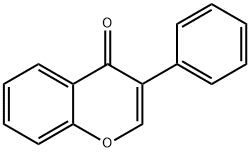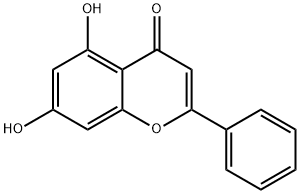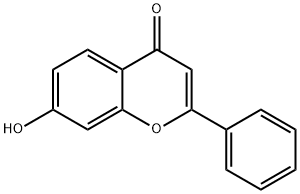Galangin
Synonym(s):3,5,7-Trihydroxyflavone;Norizalpinin
- CAS NO.:548-83-4
- Empirical Formula: C15H10O5
- Molecular Weight: 270.24
- MDL number: MFCD00006833
- EINECS: 208-960-4
- SAFETY DATA SHEET (SDS)
- Update Date: 2024-11-19 20:33:22
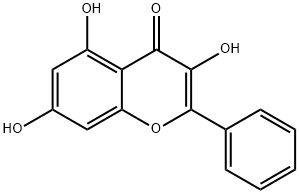
What is Galangin?
Description
Galangin is a flavonoid naturally found in herbs used in traditional medicine. Like many flavonoids, it has potent antioxidant properties. It also has anti-inflammatory actions related to suppression of signaling through NF-κB in mice. Galangin acts as an antagonist of the aryl hydrocarbon receptor, inducing apoptosis in cancer cells. It also inhibits cytochrome P450 isoform 1A1 with an IC50 value of less than 1 μM.
Chemical properties
Yellow powder
The Uses of Galangin
Galangin is a flavanoid found in Alpinia officinarum, galangal rhizome (Alpinia galanga) and in propolis. Galangin has been show to inhibit proliferation of estrogen receptor-positive MCF-7 human brea st cancer cells as well as delay of mammary tumorigenesis.
The Uses of Galangin
CYP1A1 inhibitor, vasodilator
The Uses of Galangin
Galangin is a flavanoid found in Alpinia officinarum, galangal rhizome (Alpinia galanga) and in propolis. Galangin has been show to inhibit proliferation of estrogen receptor-positive MCF-7 human breast cancer cells as well as delay of mammary tumorigenesis.
What are the applications of Application
Galangin is a flavanoid that has anti breast cancer properties in vitro
Definition
ChEBI: A 7-hydroxyflavonol with additional hydroxy groups at positions 3 and 5 respectively.
General Description
Galangin is a flavonoid isolated from members of the Zingiberaceae family, which are mainly used for herbal medicines.
Biochem/physiol Actions
Galangin exhibits antioxidant, anti-apoptotic, anti-inflammatory and anti-obesity properties. In addition, it also possesses anti-genotoxic activity against environmental and dietary carcinogens. Galangin inhibits cancer growth by hindering cancer cell proliferation, induction of apoptosis and autophagy and inhibition of metastasis. Galangin also has an ability to inhibit CYP1A1 (Cytochrome P450, family 1, member A1) activity.
Anticancer Research
Galangin is a flavonol that is derived from Alpinia officinarum, a plant from the gingerfamily, grown in Southeast Asia. The extract from the rhizome suppresses cellproliferation of hepatocellular carcinoma cells (Su et al. 2013). ER stress is inducedby galangin as is evident by rise in concentration of cytosolic Ca2+ and other UPRtarget genes like CHOP, GRP 78 and GRP 94. The ER is a major storage site forintracellular calcium. Normal functioning of ER chaperones is disrupted by calciumexhaustion in ER which produces ER stress and hence activation of UPR (Hotamisligil2010; Mekahli et al. 2011). CHOP and 4-polybutyric acid siRNA, well-known ERstress inhibitor, substantially blocked stress induced by galangin in the HCC cell line.To sum up, ER stress is upregulated by galangin, inhibiting cancer cell proliferation,and galangin can prove to be an effective anticancer agent (Su et al. 2013).
Properties of Galangin
| Melting point: | 214-215 °C(lit.) |
| Boiling point: | 333.35°C (rough estimate) |
| Density | 1.2319 (rough estimate) |
| refractive index | 1.6000 (estimate) |
| storage temp. | room temp |
| solubility | Acetone (Slightly), Ethyl Acetate (Slightly) |
| form | Solid |
| pka | 6.32±0.40(Predicted) |
| color | Light Yellow to Yellow |
| Merck | 14,4339 |
| BRN | 272179 |
| CAS DataBase Reference | 548-83-4(CAS DataBase Reference) |
Safety information for Galangin
| Signal word | Warning |
| Pictogram(s) |
 Exclamation Mark Irritant GHS07 |
| GHS Hazard Statements |
H302:Acute toxicity,oral |
Computed Descriptors for Galangin
| InChIKey | VCCRNZQBSJXYJD-UHFFFAOYSA-N |
New Products
(S)-3-Aminobutanenitrile hydrochloride 4-Methylphenylacetic acid N-Boc-D-alaninol N-BOC-D/L-ALANINOL Tert-butyl bis(2-chloroethyl)carbamate 3-Morpholino-1-(4-nitrophenyl)-5,6-dihydropyridin- 2(1H)-one Furan-2,5-Dicarboxylic Acid Tropic acid 1-Bromo-3,5-Di-Tert-Butylbenzene S-2-CHLORO PROPIONIC ACID ETHYL ISOCYANOACETATE 2-Bromo-1,3-Bis(Dimethylamino)Trimethinium Hexafluorophosphate 4-IODO BENZOIC ACID 3-NITRO-2-METHYL ANILINE 1-(2,4-DICHLOROPHENYL) ETHANAMINE (2-Hydroxyphenyl)acetonitrile 4-Bromopyrazole 2-(Cyanocyclohexyl)acetic acid 4-methoxy-3,5-dinitropyridine 1-(4-(aminomethyl)benzyl)urea hydrochloride 2-aminopropyl benzoate hydrochloride diethyl 2-(2-((tertbutoxycarbonyl)amino) ethyl)malonate tert-butyl 4- (ureidomethyl)benzylcarbamate Ethyl-2-chloro((4-methoxyphenyl)hydrazono)acetateRelated products of tetrahydrofuran
You may like
-
 Galangin 96% CAS 548-83-4View Details
Galangin 96% CAS 548-83-4View Details
548-83-4 -
 Galangin 98% (HPLC) CAS 548-83-4View Details
Galangin 98% (HPLC) CAS 548-83-4View Details
548-83-4 -
 3,5,7-Trihydroxyflavone CAS 548-83-4View Details
3,5,7-Trihydroxyflavone CAS 548-83-4View Details
548-83-4 -
 Galangin CAS 548-83-4View Details
Galangin CAS 548-83-4View Details
548-83-4 -
 Galangin CAS 548-83-4View Details
Galangin CAS 548-83-4View Details
548-83-4 -
 Galangin CAS 548-83-4View Details
Galangin CAS 548-83-4View Details
548-83-4 -
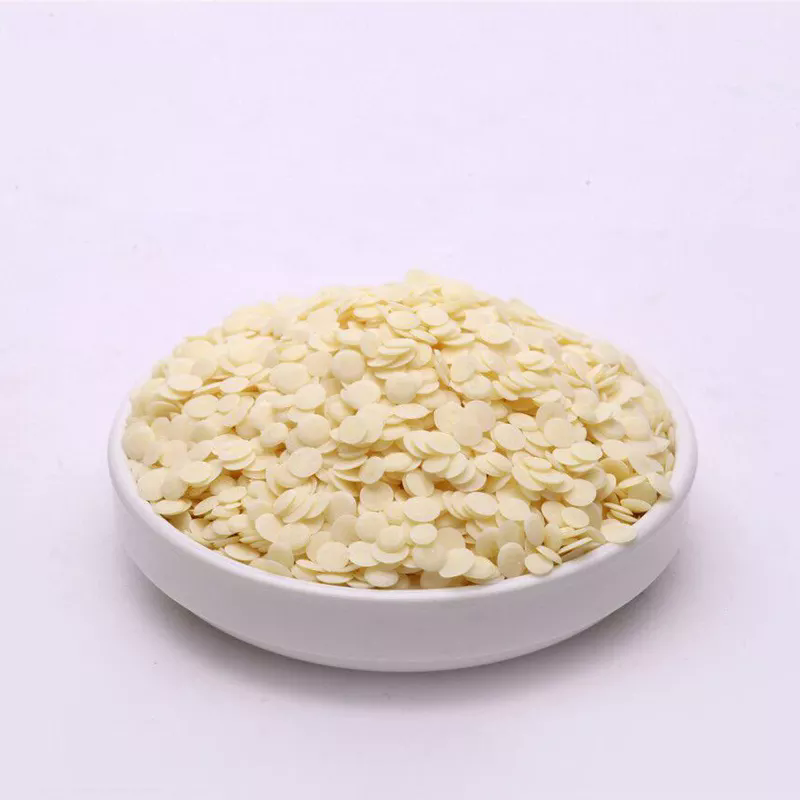 548-83-4 3,5,7-tri hydroxy flavone 98%View Details
548-83-4 3,5,7-tri hydroxy flavone 98%View Details
548-83-4 -
 118753-70-1 98+View Details
118753-70-1 98+View Details
118753-70-1
